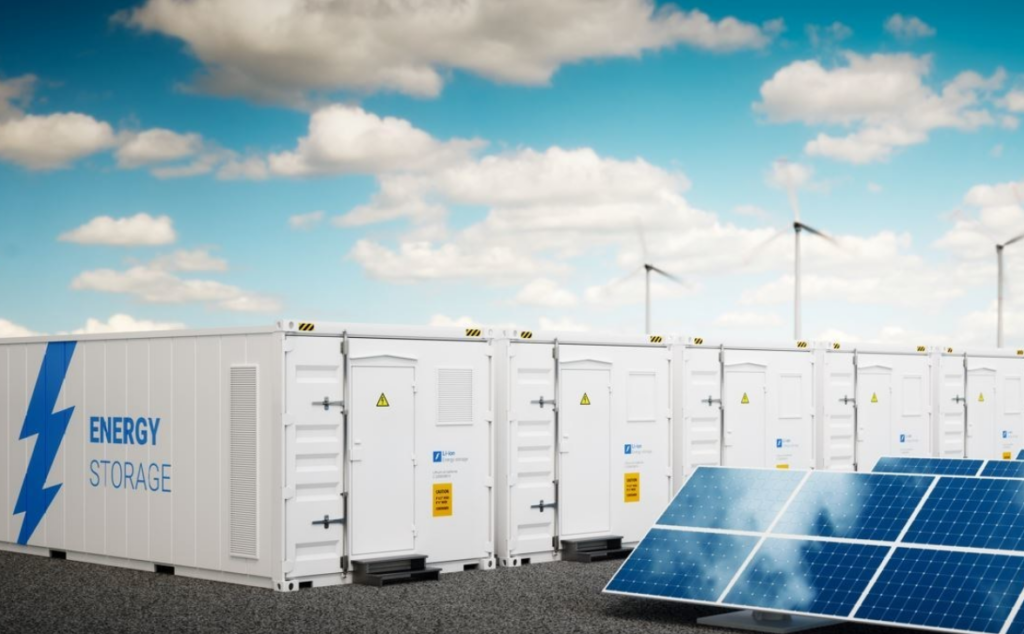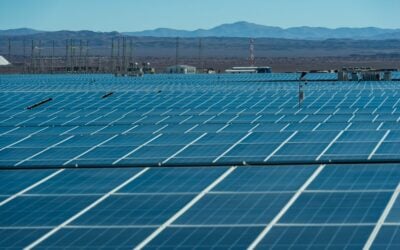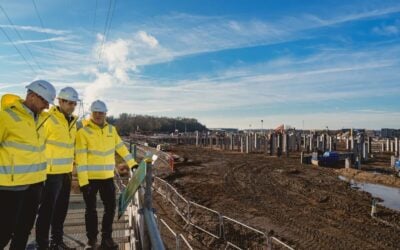
Global safety certification company UL has released a software platform for optimising utility-scale energy storage systems (ESS) to, the company says, help advance deployment of the technology globally.
The platform, HOMER Front, provides battery dispatching modelling and technical and economic analysis to help project developers maximise the revenue of their energy storage project. It can provide modelling for standalone storage as well as those co-located with wind or solar PV.
“By providing accurate, detailed results for different system configurations, HOMER Front allows developers and financiers to evaluate the system’s performance and make critical project decisions with confidence,” said Colin Tareila, engineering manager of Renewables in UL’s Asset and Sustainability Performance group.
The new platform is an add-on to the existing HOMER software platform, which UL acquired in late 2019, when HOMER was best known for its microgrid software.
Try Premium for just $1
- Full premium access for the first month at only $1
- Converts to an annual rate after 30 days unless cancelled
- Cancel anytime during the trial period
Premium Benefits
- Expert industry analysis and interviews
- Digital access to PV Tech Power journal
- Exclusive event discounts
Or get the full Premium subscription right away
Or continue reading this article for free
Users can test and analyse the project size, architecture and technology and optimise battery augmentation strategies for participating in energy and capacity markets and meeting off-take agreement requirements.
Renewable project developers are now facing more competition and a growing demand for the supply of clean, reliable energy, UL said, and adding batteries to projects would allow them to increase revenues and system reliability. The software incorporates modelling of various value streams related to specific grid markets like California Independent System Operator (CAISO) and Electric Reliability Council of Texas (ERCOT).
In summary, HOMER Front can provide the following insights:
- Optimal sizing of energy storage in utility-scale systems
- Battery capacity degradation and augmentation strategies to maximise revenue and minimise expenses
- Revenue stack analysis from:
- Wholesale energy markets with hourly and sub-hourly pricing
- Capacity markets such as resource adequacy in the CAISO market
- Power purchase agreements, including shaping or time of delivery capacity injection requirements
- Robust sensitivity analysis to screen projects for economic viability and de-risk internal rate of return
Within energy storage, UL is best known for UL 9540A, a test method for evaluating thermal runaway fire propagation in battery energy storage systems (BESS).





